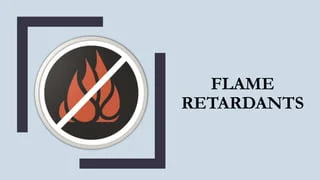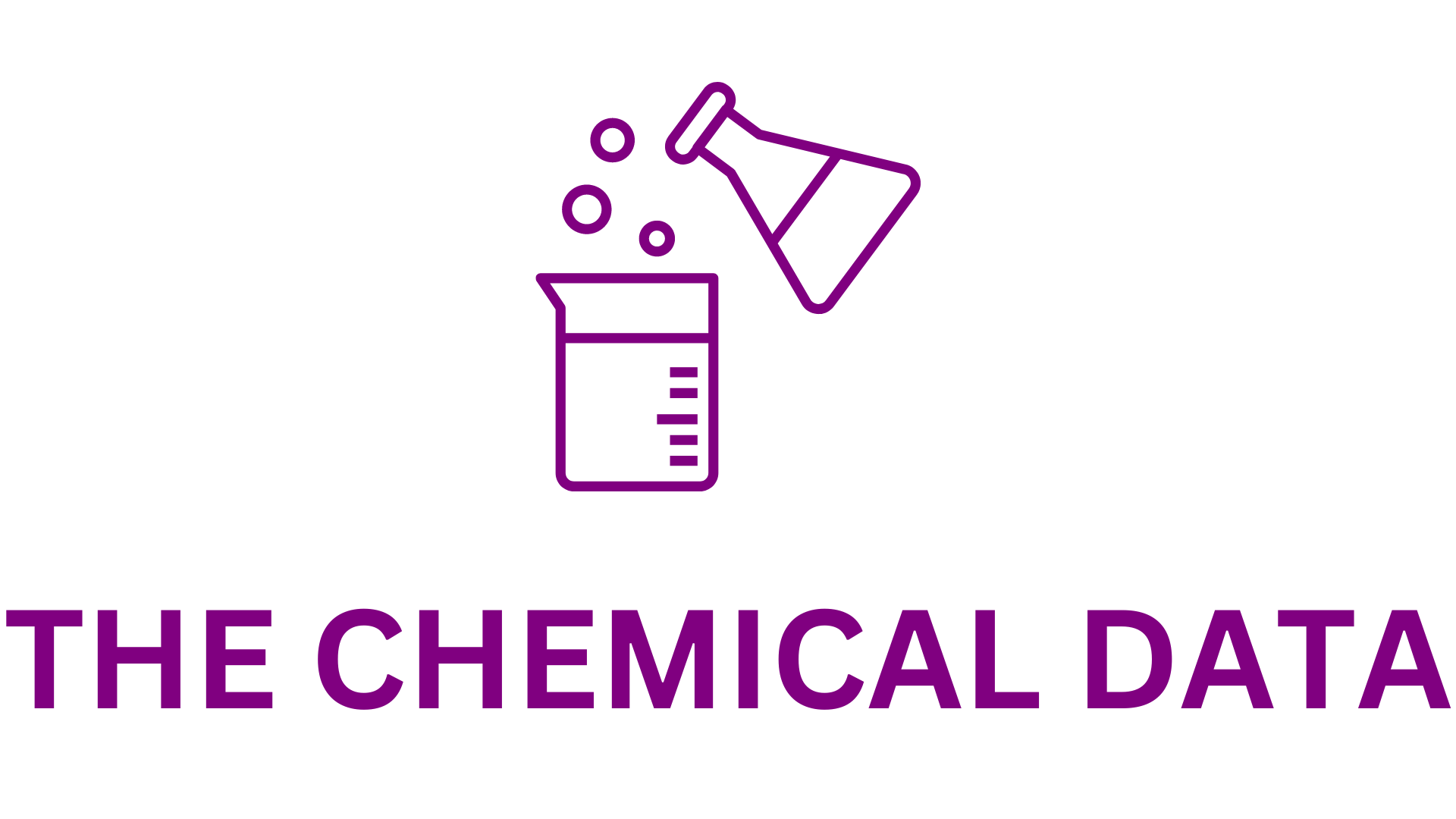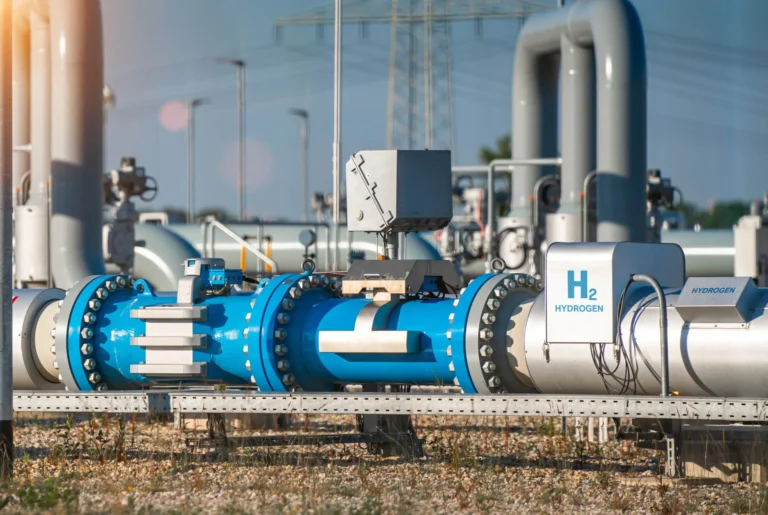
Global Flame Retardants Market 2025-2031: Innovations Driving Growth – ResearchAndMarkets.com
The “Flame Retardants Market, Global, 2024-2031” report has been added to ResearchAndMarkets.com’s offering, providing an in-depth analysis of the global flame retardants (FR) market. The report covers market segmentation by product type, material, application, and end-use industry, offering valuable qualitative and quantitative insights. With 2024 as the base year and a forecast period spanning 2025 to 2031, the study identifies key trends, growth drivers, and challenges shaping the industry while highlighting emerging opportunities for market players and stakeholders.
Flame retardants are essential chemical additives designed to inhibit or delay the spread of fire in various industries, including construction, wire & cable, transportation, and electrical & electronics. Regulations and safety standards established by regional authorities play a crucial role in shaping the flame retardants market, driving advancements in formulations that enhance fire safety while meeting environmental and health standards.
Market Dynamics and Key Trends
The increasing incidence of high-rise building fires worldwide underscores the growing necessity for stringent fire safety regulations. A particular concern has been the flammability of aluminum composite panel cladding, widely used in building siding. In response, manufacturers are prioritizing the development of safer and more sustainable flame-retardant materials.
Sustainability has emerged as a significant driver in the flame retardants industry. Environmental regulations and consumer demand for eco-friendly materials have prompted manufacturers to develop halogen-free and low-toxicity flame retardants. Advanced formulations, including phosphorus-based, nitrogen-based, and bio-based flame retardants, are gaining traction as alternatives to traditional halogenated products.
Innovations in nanotechnology are also transforming the flame retardants landscape. The development of nanomaterial-based flame retardants, particularly for textile applications, offers improved performance with reduced environmental impact. Researchers and manufacturers are exploring the integration of nanoparticles such as graphene and carbon nanotubes into FR formulations, enhancing their effectiveness in various end-use applications.
Growth Environment: Transformational Shifts in the FR Market
The flame retardants market is experiencing a transformative shift driven by regulatory changes, technological advancements, and evolving consumer expectations. Some of the key challenges facing the industry include:

- Regulatory Compliance: Strict fire safety and environmental regulations require manufacturers to adapt their formulations to meet evolving standards.
- Market Competition: Intense competition among global and regional players necessitates continuous innovation and cost optimization.
- Supply Chain Disruptions: Fluctuations in raw material availability and pricing impact production and profitability.
- Sustainability Challenges: The transition to sustainable, non-toxic, and biodegradable flame retardants presents both opportunities and hurdles for market participants.
Despite these challenges, growth opportunities continue to emerge as industry stakeholders focus on the following areas:
- Enhanced Thermoset Polyurethane (PU) Composite Applications: The increasing demand for lightweight, durable, and flame-resistant PU composites in automotive, aerospace, and construction industries is driving innovations in this segment.
- Sustainable Chemistries: The shift towards non-halogenated flame retardants, including phosphorus-based and bio-based solutions, is gaining momentum.
- Nanotechnology for FR Development in Textiles: The integration of nanotechnology in flame retardant formulations enhances fire resistance and durability, particularly in protective clothing and industrial textiles.
Market Segmentation and Revenue Forecast
The flame retardants market is segmented into various categories, each contributing to overall market growth. The report provides detailed forecasts for revenue and volume across different segments:
- By Material Type: Halogenated, non-halogenated, phosphorus-based, nitrogen-based, and bio-based FRs.
- By Application: Construction, electrical & electronics, transportation, textiles, and others.
- By Product Type: Additive and reactive flame retardants.
- By End-use Industry: Building & construction, automotive & transportation, consumer electronics, industrial equipment, and textiles.
- By Region: North America, Europe, Asia-Pacific, Latin America, and the Middle East & Africa.
The Asia-Pacific region is expected to witness significant growth due to rapid urbanization, infrastructure development, and stringent fire safety regulations in countries like China, India, and Japan. North America and Europe continue to prioritize sustainable and regulatory-compliant flame retardants, driving innovation in the market.
Future Outlook and Strategic Imperatives
The global flame retardants market is poised for steady growth as industries recognize the importance of fire safety and regulatory compliance. Key strategies for market participants include:
- Investment in Research & Development: Companies must focus on developing innovative, environmentally friendly FR formulations to stay competitive.
- Partnerships and Collaborations: Collaborations between chemical manufacturers, research institutions, and regulatory bodies can accelerate the development of sustainable FR solutions.
- Expansion into Emerging Markets: Targeting high-growth regions such as Asia-Pacific and Latin America presents lucrative opportunities.
- Regulatory Adherence and Sustainability Focus: Aligning with global fire safety standards and environmental regulations will be crucial for long-term success.







